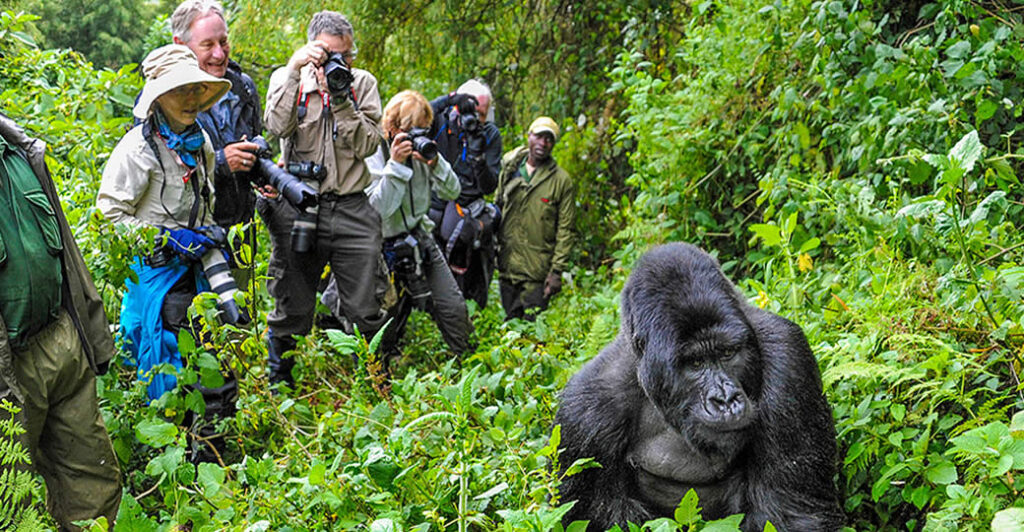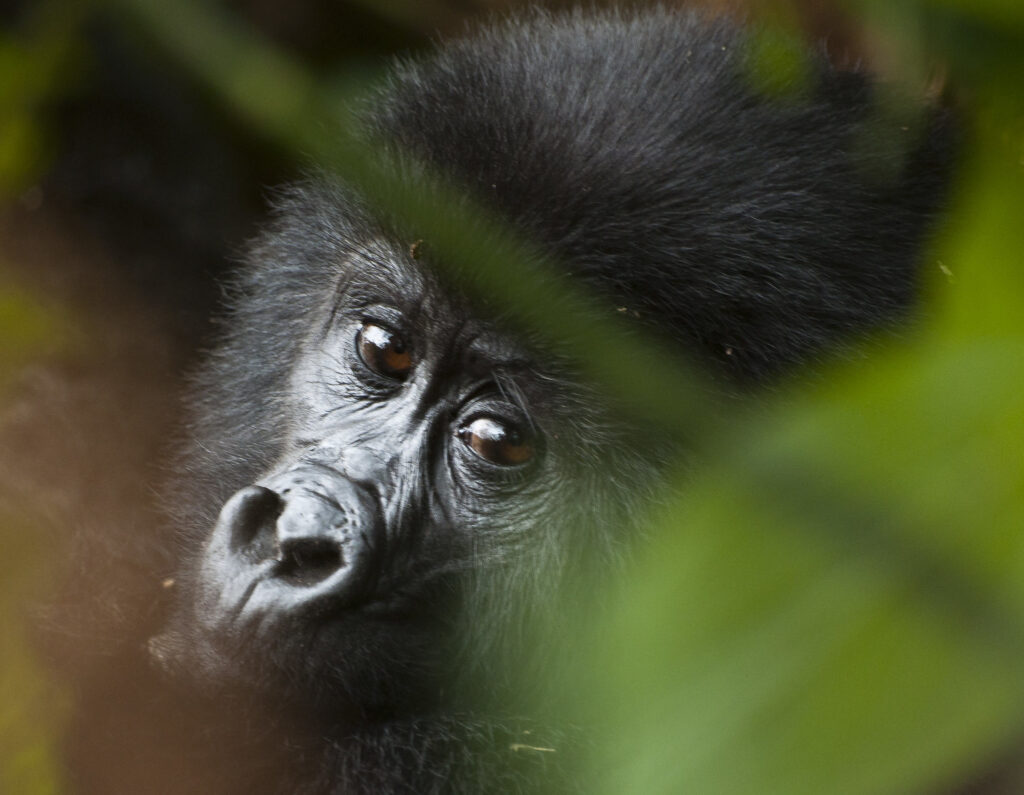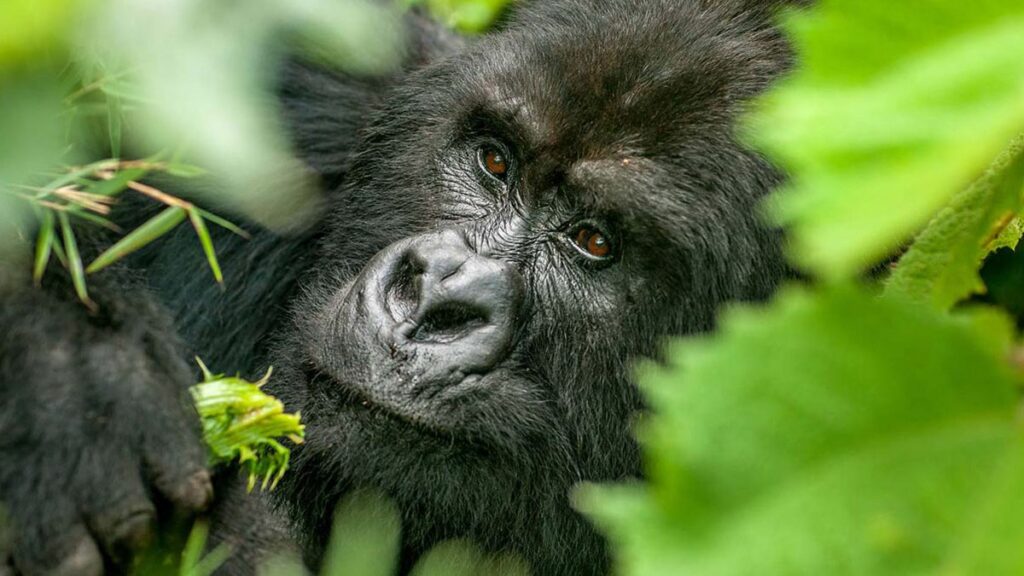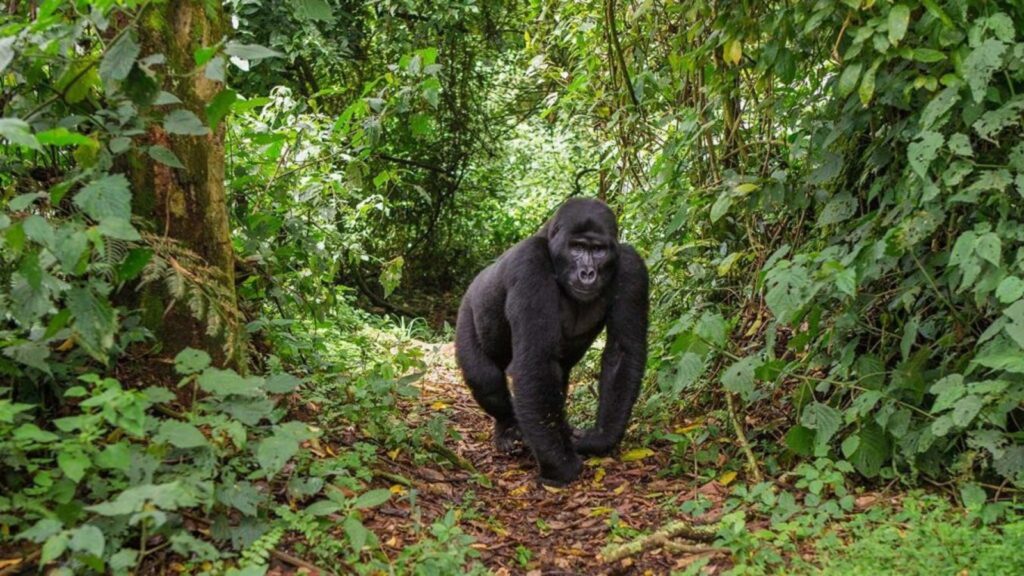How Trekking Affects Gorilla Behavior
Gorilla trekking offers a rare opportunity to observe mountain gorillas in their natural habitat. Millions of travelers dream of seeing these gentle giants up close. While trekking supports conservation and local communities, it also affects gorilla behavior. Understanding these effects helps travelers interact responsibly and ensures gorillas remain safe and stress-free.

Immediate Behavioral Changes
Gorillas often notice human presence immediately. They may:
- Pause feeding or grooming to observe trekkers.
- Make warning vocalizations if they feel threatened.
- Move deeper into the forest or away from the trekking trail.
These reactions are usually temporary. Experienced guides minimize disruption by keeping groups small and controlling distance between trekkers and gorillas.
Long-Term Effects
Repeated human contact can alter gorilla behavior over time:
- Habituation Stress: Gorillas become accustomed to humans, which helps trekking but can increase vulnerability to poaching or disease.
- Changes in Daily Routine: Some groups may adjust feeding or resting patterns to avoid busy trekking areas.
- Health Risks: Close proximity to humans can expose gorillas to diseases, especially respiratory infections.
Conservation programs focus on minimizing these impacts. This includes limiting group size, enforcing a one-hour observation rule, and requiring trekkers to stay at least seven meters from gorillas.
Positive Effects of Responsible Trekking
When conducted correctly, trekking has benefits:
- Provides funding for anti-poaching patrols.
- Supports habitat protection programs.
- Encourages local communities to conserve gorillas rather than hunt them.
Responsible trekking allows gorillas to continue their natural behavior while humans gain a safe, educational experience.
How Trekkers Can Minimize Impact
- Keep a safe distance from gorillas at all times.
- Avoid sudden movements or loud noises.
- Follow guide instructions strictly.
- Stay healthy; don’t trek if you have a cold or contagious illness.
- Limit trekking time to one hour per gorilla encounter.
These actions reduce stress on gorillas and ensure their behavior remains as natural as possible.
Conclusion
Gorilla trekking can influence gorilla behavior both immediately and over time. By practicing responsible trekking, visitors help protect these endangered primates while enjoying a once-in-a-lifetime wildlife experience. Respecting rules, maintaining safe distances, and understanding gorilla responses ensures that trekking remains safe, sustainable, and beneficial for both humans and gorillas.




